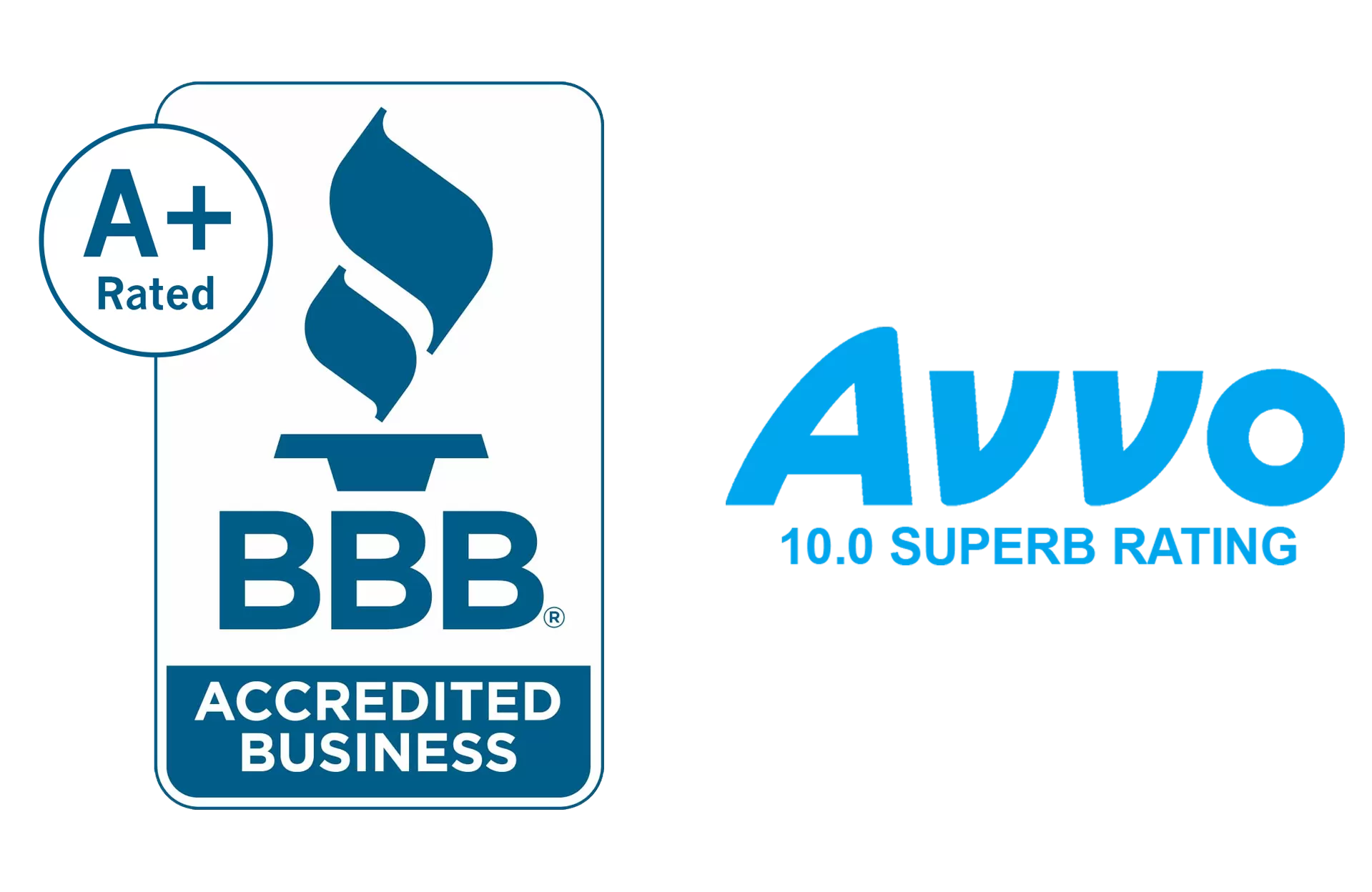Higbee & Associates won a significant legal victory for photographer Tamara Williams in the Western District of Texas, Austin Division.
Ms. Williams filed a lawsuit against JW Sanders PLLC, a prominent medspa in Austin, Texas operating as Rejuvenate Austin, and its owner, Jessica Sanders, for using two of Ms. Williams’ copyrighted beauty portrait photographs without permission to promote Rejuvenate Austin’s services on its Instagram and Facebook pages. The Court found the defendants liable for direct and vicarious copyright infringement and for willful infringement because the defendants continued to use one of the photographs despite being sent multiple cease-and-desist letters.
The defendants claimed to have found the photographs on Pinterest without a copyright notice and argued the photographs they used were not the same as those owned by Williams; photographs found on Pinterest are in the “public domain”; and the absence of a copyright notice on the photographs did not provide them with the opportunity to obtain authorization to use or license the photographs. The Court rejected all of those arguments noting the fact that a photograph found online does not mean it is in the public domain, and a copyright notice has not been required on copyrighted material since 1989 when the US entered the Berne Convention. Thus, it is incumbent upon a party wishing to use content to clear the content before use. See 17 U.S.C. § 405(a); Norma Ribbon & Trimming, Inc. v. Little, 51 F.3d 45, 48 (5th Cir. 1995).
The Court also rejected Defendants affirmative defense arguments of fair use and de minimis use.
As to the fair use argument, the Court analyzed the first fair use factor, the purpose and character of use, and determined the use was commercial because the photographs were used to market and promote Rejuvenate Austin’s services. The Court found Defendants had not transformed the photographs into a new work with a new purpose. Instead, the defendants merely copied the photographs and used them to quickly promote Rejuvenate Austin’s services while depriving Williams of her licensing fee.
The Court then turned to the second fair use factor, the nature of the copyrighted work, to analyze whether the work is considered more factual than creative which would weigh in favor of fair use. The defendants argued that the photographs were not creative because they were just close-up shots of an unknown women and Ms. Williams had made no creative choices in making the photographs.
The Court rejected this argument finding a close-up shot of the subject of a photograph can be creative, and in this case, Ms. Williams’ creative choices, such as choosing the angles and colors of the photographs and working with the models on their expressions in the pictures, were apparent.
In reviewing the fourth fair use factor, market harm, the Court again rejected Defendants’ argument that photographs were in the “public domain” because they were already published online and thus did not undermine the market for Williams to license her photographs. The Court found the defendants’ unauthorized use of the photographs undermines Ms. Williams’ ability to license the photographs and thus imposes a threat on the market for Williams’s photographs.
The Court then rejected the defendants’ de minimis argument that using only half of one photograph, the half that focused on the model’s face, constituted de minimis use because use of the model’s face was the “heart” of the photograph and “[a] de minimis defense does not apply where the qualitative value of the copying is material.” See Dun & Bradstreet Software Servs., Inc. v. Grace Consulting, Inc., 307 F.3d 197, 208 (3rd Cir. 2002).
The Court also ruled that Ms. Williams may seek statutory damages and attorney’s fees in the next phase of the legal proceedings.
The Court’s ruling underscores the importance of respecting copyright laws and the serious repercussions that may result from the unauthorized use of creative works. The ruling also highlights the judiciary’s commitment to protecting the rights of artists and creators against infringement.


